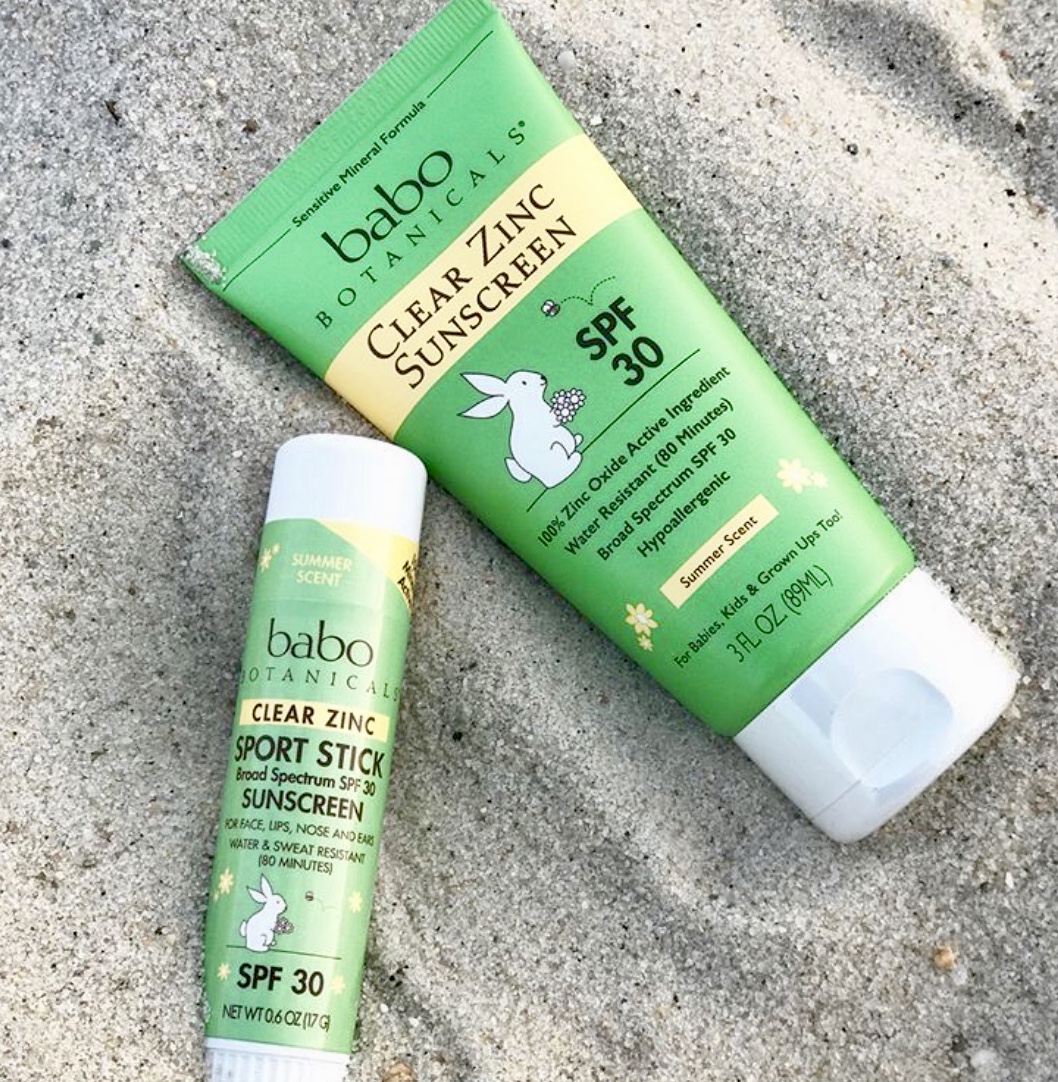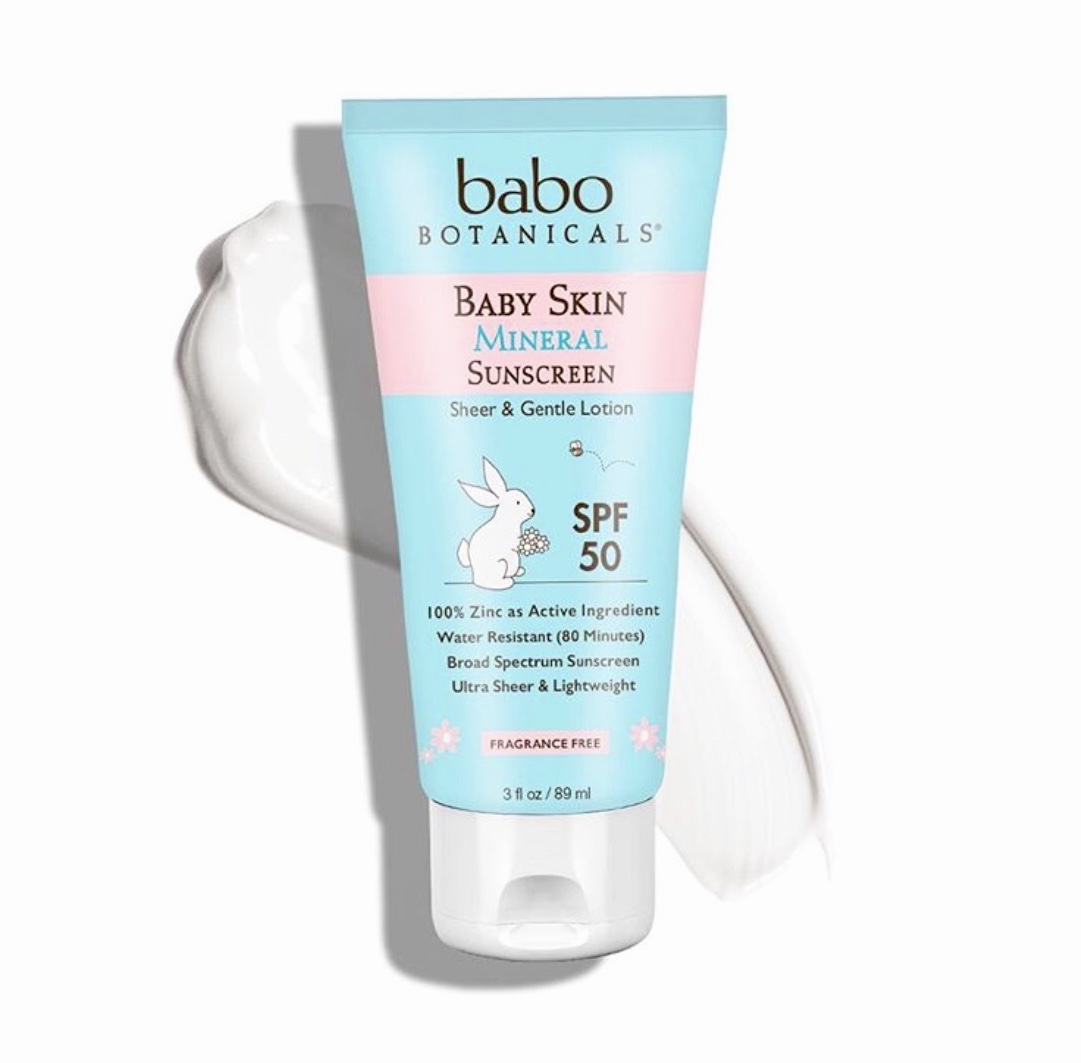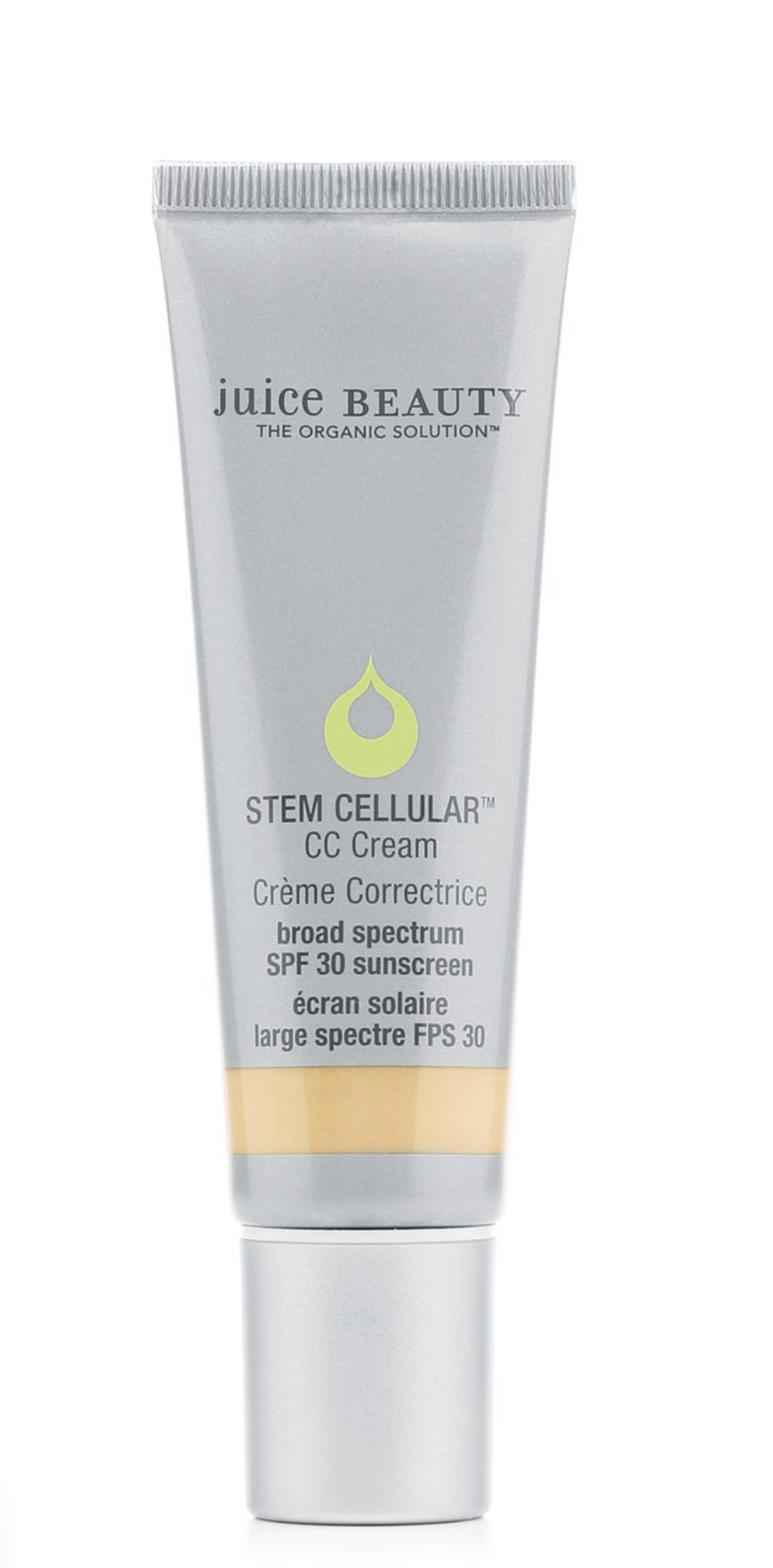Sunscreen: Fun In The Sun, While Choosing The Safest And Most Effective Formula For Your Skin
Summer Vibes
Over The Last Few Years More and More Information Has Been Trickling Out About ingredients skincare naturally leads down the rabbit hole Of information into sunscreen. When looking into Any Skincare Including sunscreen, Research quickly Leads us To that; not all sunscreen is created equally by any means. The Basics of sunscreen is to break them into two basic categories you have Chemical and Physical Sunscreens or a combo of both.
Some Might Find This Next Few Facts on sunscreen Hard To Believe but feel free To-Do Your Research and Links are throughout the article. There is no real conclusive evidence that sunscreen works and the advertisements on bottles of cancer prevention also is not definitive with evidence. According to the CDC's report on Melanoma rates of women and men, the CDC found increasing yearly rates which are climbing at a rate of 1.4 to 1.7 percent. In particular, Melanoma has been increasing in people who spend most of their time indoors compared to others whose careers or choice of lifestyle has them outside frequently, which puzzles researchers. Another factor about this deadly form of skin cancer Melanoma has been more repeatedly diagnosed on areas on the body with little to no sun exposure. To find more surprising information on skin cancer and SPF, always use The environmental working group's website for further detailed information and a wide variety of studies.
After reading different reports and seeing that the type of sunscreen used is essential in getting actual UV protection and not having chemical ingredients that can do more harm than good in the SPF, All These Factors are Worth Considering When Buying Sunscreen. While Many Are Wanting To Be More mindful about the sunscreen formula Used On Themselves And family, Still Wanting To Err On The Side Of Caution Especially When Planning To Be Outside Or Planning For Fun In The Sun.
So Here is Our Guide to buying SPF, Along with A shopping Guide To Our Favorite Sunscreens in an easy to use shopping guide. An Added Bonus When Choosing Cleaner Sunscreen Formulas Not Only Are Your getting Quality Protection But Most Are also Coral reef Safe And Again EWG.Com is A wonderfully Easy To Used and detailed resource.
Chemical Sunscreen
There are two basic categories when it comes to SPF, Chemical, and Physical sun protection. One of the more popular and found most often is Chemical sunscreen protection. Chemical Sunscreen commonly uses oxybenzone, avobenzone, octisalate, octocrylene, homosalate, and octinoxateas. Most formulas have the previously mentioned ingredients and regularly combine them. As the classification suggests, you are getting protection from the chemicals in the sunscreen. The substances protect by seeping into your epidermis then diffusing the UV rays into heat, which your body then releases. Chemical sunscreen has been widely used in recent years for a few good reasons. When picturing a lifeguard, most of us have the Iconic image of any classic Summer or beach circa70's/80's movie Scene, where the lifeguard has a thick layer of white sunscreen covering their nose (which is a physical sunscreen). This iconic cinematic look is one most people have wanted to avoid!
Chemical sunscreens can disappear into the skin and do not require the usual rubbing involved of physical sunscreens of the past, making chemical sunscreens a prominent option for many when wanting to avoid that ashy, white appearance. Chemical sunscreen's ability to blend into the skin has made it a standard formula, especially in the cosmetics industry, because it can be added to beauty and skincare products, specifically as most people are trying to protect their skin from sun damage. When a product offers you the chance to avoid applying two products with just one product, you can see why a foundation, for example, with SPF in it would be an option that many people would gravitate to buy.
There are a few primary concerns when considering chemical sunscreens first. If you or your child have sensitive skin, this formula should be avoided. If you have Acne, Eczema, Rosacea, Melasma, and Hyper Pigmentation, or overheating issues, these skin conditions are prone to flare up with chemical sunscreens due to the mechanics of how this variety of SPF works. This variety of skin conditions Are Prone To flare up when the skin gets overheated. Sensitive skin may also react to Chemical Sunscreen due to the sheer level of chemical ingredients in sunscreen. The chances of skin being irritated are more likely the higher the SPF number is. There is no real formula difference between an SPF 35 and that of a higher SPF. Formulas With SPF numbers above 35 are simply a marketing ploy, as a formulation has yet to be created that offers greater protection. Since there is no real formulation that has been designed to protect more effectively, sunscreen brands add higher concentrated levels of chemicals into their formulations.
Besides triggering skin conditions, the full range of chemicals at high levels can cause chemical burns, especially severe when considering that chemical sunscreens have penetration enhancers, which are added to give seemingly more sun protection. Another Concerning Factor Is the FDA decided to grandfather the same chemicals that were formulated in the 1970s!?! (lazy much???) Instead Of Testing Individual Ingredients Brands are using. In extensive laboratory studies of the ingredients used in SPFs, an issue arises with the substances used because sunscreen as a whole goes on such a wide variety of body parts like our lips, face, body, lungs(spray sunscreen), making it further of concern The formulation of chemical sunscreen is designed to penetrate our epidermis so it can work as intended. The natural absorption into our skin also means the formula can be absorbed into our blood, urine, and even mothers' breastmilk.
Alarming is the ability of the ingredients to mimic hormones, especially A Specifically Well Known hormone disrupter is oxybenzone. Oxybenzone affects hormones so much that it was banned in Hawaii for oxybenzone's ability even to disrupt the hormones of coral reefs leading to the effected coral reefs to die. There was such a significant correlation that lead to the state of Hawaii to ban the ingredient and all sunscreens containing oxybenzone. This particular ingredient oxybenzone has been reported by the CDC to be detected in 96 percent of the U.S. population. In recent years, many studies and their data have shown the Adverse effects of hormone disrupters, especially considering that many of these harmful results could have been prevented if the FDA had been more Diligent by not just grandfathering Ingredients for approval. The more the formulations are studied more information on the harm these products can have on our various body systems are being shown. Here is where we suggest that you visit the Environmental Working Group's site; they have an in-depth database and multiple studies on sunscreen Ingredients. Their website is such an excellent resource for such a wide range of Household and self-care products too.
Can you tell We Are passionate about the quality of products, especially those that are advertised safe for babies and children?!?
Physical Sunscreen
Physical sunscreen is the other classification that is found in UV protection, as its name suggests. It protects by providing a physical barrier between your skin and reflecting UV Rays off your skin. The two main ingredients in physical sunscreens are Titanium Dioxide and Zinc Oxide. When shopping for sunscreens, you will be able to easily find physical sunscreens by the other name of Mineral Sunscreen, which many brands make. However, to make sure the formulation is just a mineral base, you need to look at the active ingredients. The only listed active ingredients should be Titanium Dioxide or Zinc Oxide. If you notice other active ingredients listed, then the formulation is a Chemical sunscreen, which is typical for brands to combine physical and chemical sunscreens.
Tip when shopping for sunscreen, the simpler the list of ingredients, the cleaner the formulation. This also applies to the advertisements on the packaging, the fewer claims it has on it like anti-aging, waterproof, lasts all day, etc. The less likely it will irritate your skin. When looking for SPF information, EWG.Com has an in-depth ranking of sunscreens, so you can effortlessly search the ranking of your sunscreen you already use. Many Interested in Natural Skincare or having skin issues Gravitate Towards feeling more comfortable using minerals that reflect UV rays instead of using various chemicals to disperse the light into the heat as with chemical sunscreens. Mineral Sunscreen has been shown to protect the best against UV A and UV B, providing a broader spectrum of protection from UV rays, which is the whole point of wearing sunscreen in the first place. Zinc oxide has been found in studies to offer the broadest protection against UV light, with Titanium oxide being the second-best in providing a full spectrum of protection.
The Evident Protection And functionality, while not being irritating to sensitive skin Makes Mineral sunscreens an excellent option for those of us who suffer from sensitive skin issues of Acne, Eczema, Rosacea, Melasma, and Hyper Pigmentation. Zinc Oxide and Titanium Dioxide provide barriers by sitting on the skin's surface and not contributing to your skin heating up. Also, the formulation can be minimal, so irritation from chemicals will be less prominent of an issue.
With previous formulations of mineral sunscreens, there was the typical issue when applied of having the thick white formula, which didn't disappear upon application. With new Mineral SPFs coming out all the time now, the past issue of not having the sunscreen blend completely has been less of a problem. One way companies have gotten rid of this the chunky mineral problem is my using nanoparticles, especially with zinc oxide and titanium dioxide, the smaller particles in the formulation. So the SPF will rub into the skin more fully without that white shadow look. A factor to consider from a study when scientists exposed mice with titanium dioxide nanoparticles. Titanium Dioxide was detected in the mice offspring, so just another factor to consider when shopping. A Label to look for if this is of concern, many brands don't use nanoparticles and will advertise on the label that they don't use nanoparticles in their products.
While we do think studies and data are essential, we also know that it can be overwhelming to take so much information in. To offer help, we provided you with a shopping guide to our favorite clean formulated sunscreens that offer us protection when having fun in the sun.
Mineral Sunscreens and Tinted Mineral Sunscreens Shopping Guide








